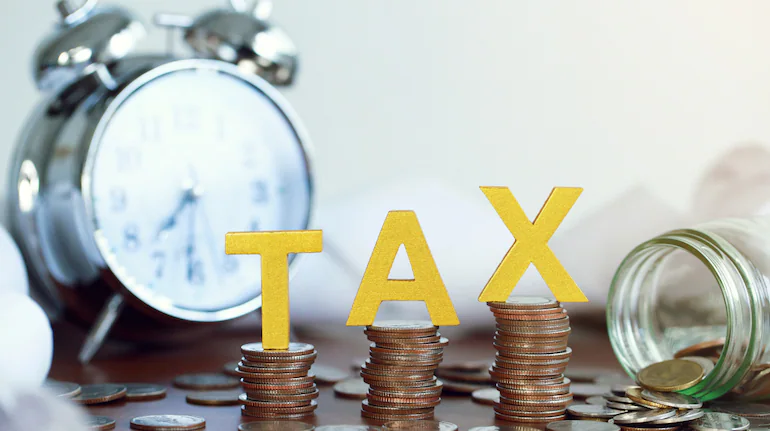Budget 2025: Time to revamp personal taxation

These numbers illustrate how badly we need revolutionary income tax and personal finance policy changes to put people on the path to wealth and growth. From a personal finance standpoint, here are the significant expectations from Budget 2025:
The top 30 percent tax slab on income above Rs 10 lakh has remained constant since 2012; if we factor inflation, it should be Rs 21.3 lakh today. This highlights the gap between tax policy and economic realities. Also, about 60 percent of taxpayers use section 80C (of the Income Tax Act) for savings, but the existing limit of Rs 1.5 lakh, unchanged since 2014, does not align with contemporary financial needs.
Equity mutual funds received inflows to the tune of Rs 1.84 lakh crore in FY 2024. The majority of doctors are concentrated in metros, leaving rural communities deprived of basic facilities. As of 2024, just about 30 percent of India’s population had some form of health insurance, which shows how critical it is to incentivise the adoption of medical cover for citizens facing rising medical costs.
These numbers illustrate how badly we need revolutionary income tax and personal finance policy changes to put people on the path to wealth and growth. From a personal finance standpoint, here are the significant expectations from Budget 2025:
Income tax reforms
The new regime’s basic exemption limit should be increased from the current Rs 3 lakh to Rs 5 lakh.
The highest income tax slab of 30 percent on income above Rs 10 lakh (per the old regime) should be revised. Adjusting for 6 percent inflation, this should be raised to Rs 21.3 lakh in 2025.
Under the new tax regime, the Rs 15 lakh slab should be raised to Rs 20.1 lakh.
The section 80 C deduction limit per the old regime should be increased from Rs 1.5 lakh to 2.5 lakh to include a broader range of investments, such as ELSS, PPF, and NPS.
Health insurance premium-linked deduction limits under section 80 D should be increased to Rs 50,000 for general individuals and Rs 70,000 for senior citizens. This should also be allowed under the new tax regime.
The proposed reforms, including raising the exemption limit to Rs 5 lakh, higher slabs, and increased standard deduction, would boost disposable income and savings. Raising the section 80 C limit to Rs 2.5 lakh will encourage investments in ELSS, PPF, and NPS. These changes can promote economic growth, tax compliance, and financial security.